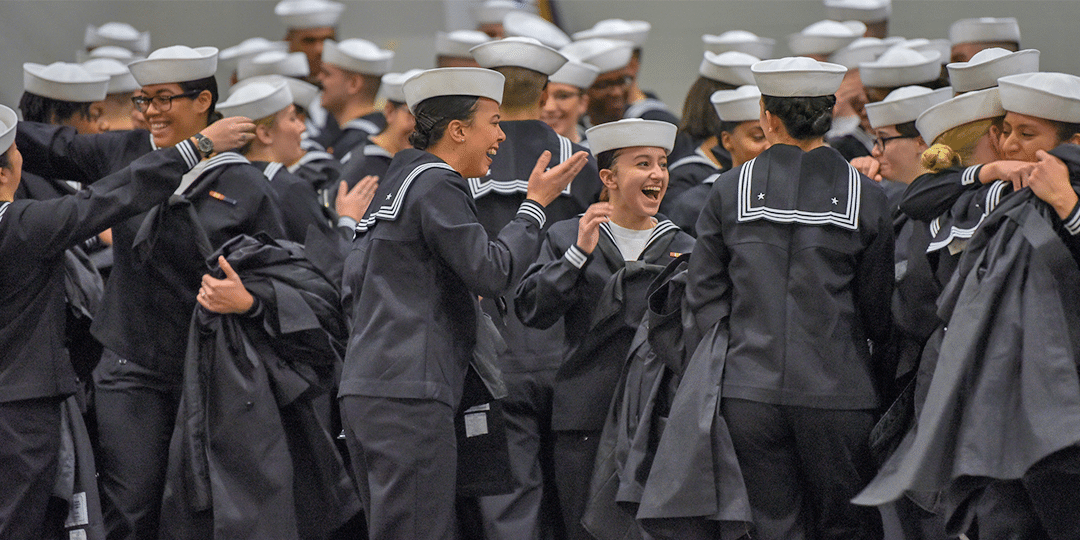

Navy SEALs began finding new people at RTC. Those buildings served for nearly half a century before the current RTC rebuilding began in the late 1990s. New RTC barracks, mess halls, classrooms, and staff offices, costing upwards of $8 million were built over the next decade. In one week in 1951 the base graduated 98 companies of recruits, matching its record in WWII. Very quickly, Great Lakes was as busy as it had ever been. 14, 1945, more than one million Sailors were trained at Great Lakes.īy 1950, the Cold War was well under way. By September, over 100,000 Great Lakes Sailors were in training.īetween the attack on Pearl Harbor and the surrender of Japan Aug. At the time, there were just about 6,000 Sailors training at Great Lakes. 7, 1941, Pearl Harbor was attacked by the Japanese Imperial Fleet. Recruit training slowed to a crawl, and was even halted for a time. Through the 1920s and early 1930s, Great Lakes had only an air base and a radio school. By the time America and its allies won the war, over 125,000 Sailors had been trained at Great Lakes. At Great Lakes tent cities sprouted up, while Sailors with skills in construction helped civilian workers build housing and training facilities. In 1917, the United States entered World War I. When he graduated with the first class of 300 Sailors, President William Howard Taft was there along with Capt. Two days later, the first recruit arrived - Joseph Gregg, of Terre Haute, Indiana. Great Lakes opened its gates July 1, 1911. George McKay and noted Chicago architect Jarvis Hunt joined forces to plan and design the original 39 buildings of Naval Training Station Great Lakes. Albert Ross directing and supervising, Navy civil engineer Lt. Before 1881, enlisted Sailors joined the Navy and went directly to a ship. And it was a novel idea, at the time, to train enlisted Sailors before they got to the fleet. At the time, it was unheard of - and many people were astounded - to have naval training be done more than a thousand miles away from any ocean. In 1905, President Theodore Roosevelt approved the founding of Naval Station Great Lakes. The Pass-in-Review ceremony marks a recruit's public recognition as a Sailor. The symbolic change of hats indicate their status as Sailors in the World's Finest Navy.Įach week, the Commanding Officer of Recruit Training Command hosts an impressive Pass-in-Review ceremony that attracts more than 175,000 visitors annually. This 12-hour event culminates in the award of a Navy ball cap to replace the recruit ball cap that each recruit wears during training.

Toward the end of training, recruits undergo a final evaluation called Battle Stations 21.
#Us navy boot camp series#
The climax of the competitive series is the Pass-in-Review practice where the best divisions can earn Battle "E", CNO or Hall of Fame honors. Competition encourages teamwork and develops pride in achievement. Excellence in academic achievement, military drill, cleanliness and athletics all count toward earning recognition flags.
#Us navy boot camp free#
Long days and intensive training leave the recruits little free time.ĭuring the first training week, divisions enter into the competitive aspects of training. In addition to classroom instruction, recruits spend time learning the fundamentals of small arms marksmanship, seamanship, water survival, line handling, and fire fighting.
#Us navy boot camp how to#
Classroom and skills instruction give recruits information on how to adjust to and succeed within the Navy. The workload is heavy and the recruits must adjust to a completely new way of life. Recruit training is not an endeavor to be taken lightly. They represent and teach Navy tradition, customs and discipline. RDCs are Chief Petty Officers or Senior Petty Officers specially selected for their leadership and teaching abilities. During their stay at RTC, the RDCs work together to mold the new recruits into Sailors.

During the first week, known as in-processing days, forms are filled out, medical and dental exams given, inoculations administered and haircuts received. When the young men and women arrive at RTC, they are formed into divisions and assigned Recruit Division Commanders (RDCs). Every recruit entering the Navy today will remember RTC as their introduction to Navy life. From the first day at RTC through graduation day when new Sailors depart, recruits find themselves in a whirl of activity.

Better known as "boot camp", recruit training involves a change in the mental and physical capacity of the new recruit. In 1994, Recruit Training Command (RTC) Great Lakes became the Navy's only recruit training facility.


 0 kommentar(er)
0 kommentar(er)
